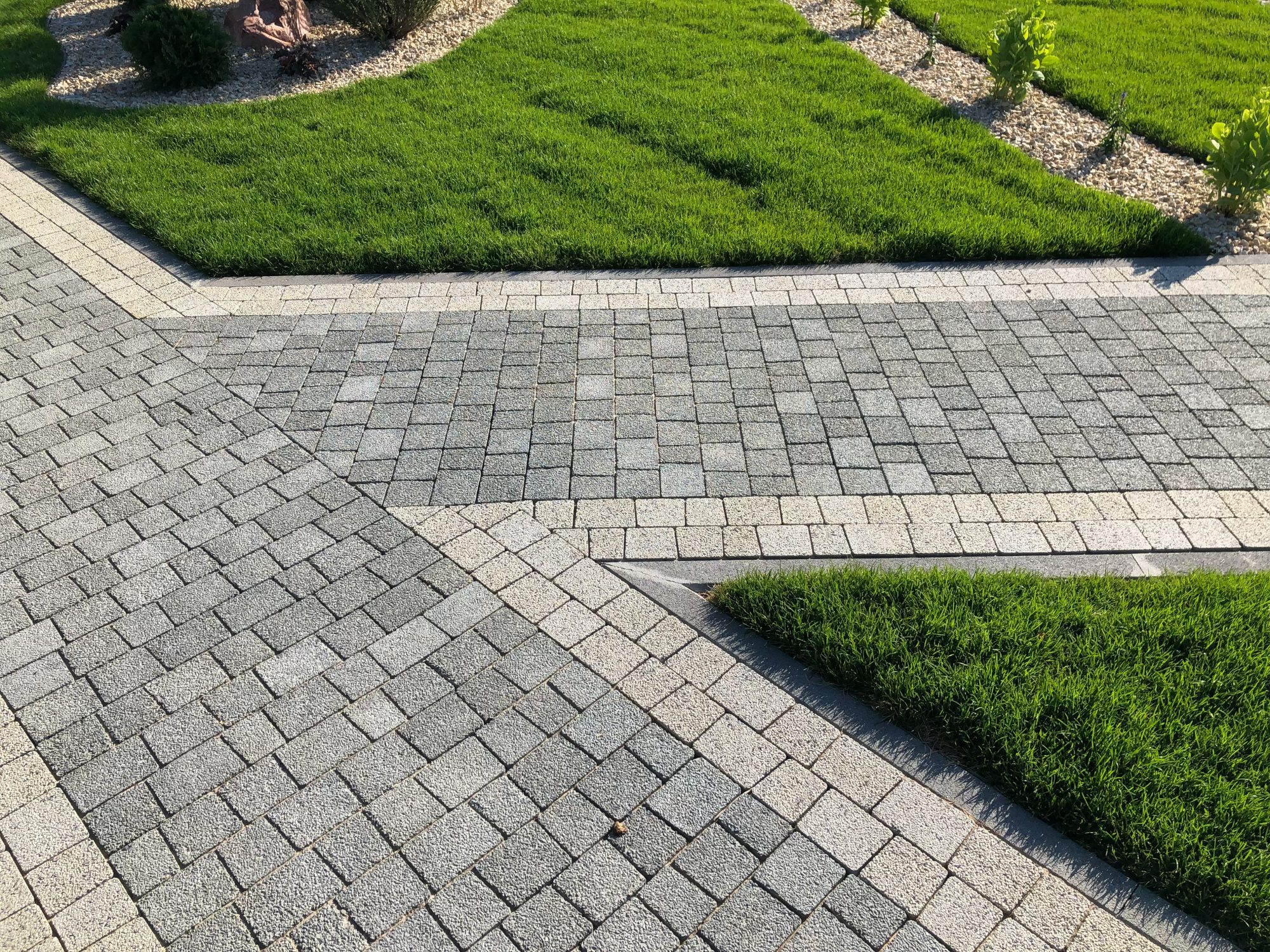
A well-designed hardscape can elevate the aesthetics and functionality of your outdoor space. However, maintenance can often become a challenge for homeowners who want to enjoy their outdoor areas without dedicating significant time and effort to upkeep. With careful planning and strategic choices, it’s possible to create a beautiful hardscape that requires minimal maintenance. In this article, we’ll discuss five essential tips for designing a low-maintenance hardscape that you can enjoy for years to come.
1. Choose Durable and Long-Lasting Materials
Selecting materials that are both durable and long-lasting is crucial for reducing hardscape maintenance. Some options to consider include:
- Concrete pavers: These are known for their durability, strength, and resistance to wear and tear. Concrete pavers are available in various shapes, sizes, and colors, allowing you to customize your hardscape design.
- Natural stone: Materials like granite, bluestone, and travertine are not only beautiful but also highly durable and resistant to weathering. They may have a higher upfront cost but often require less maintenance in the long run.
- Composite decking: If you’re planning to incorporate a deck into your hardscape design, consider using composite materials. Composite decking is resistant to rot, splintering, and fading, which means it requires less maintenance than traditional wood decking.
2. Opt for Permeable Pavers
Permeable pavers are designed to allow water to pass through their surface, reducing the need for additional drainage systems and minimizing issues like pooling water or soil erosion. In addition to being environmentally friendly, permeable pavers can also save you time and effort by eliminating the need to frequently clear debris from traditional drainage systems.
3. Simplify Your Hardscape Design
A complex hardscape design with numerous elements and intricate patterns may look visually impressive, but it can also be more challenging to maintain. To minimize maintenance, consider simplifying your design by:
- Limiting the number of different materials used in your hardscape, which can reduce potential issues related to the upkeep of multiple surfaces.
- Choosing simple and uniform patterns that are less prone to shifting or settling.
- Avoiding intricate details that may require additional cleaning or maintenance.
4. Incorporate Low-Maintenance Plantings
Incorporating low-maintenance plants into your hardscape design can add visual interest and soften the overall appearance without adding significant upkeep. Consider using plants that are:
- Drought-tolerant: These plants require less watering and can often thrive in a variety of soil conditions.
- Native to your region: Native plants are typically well-adapted to the local climate and soil, making them easier to maintain.
- Evergreen: Evergreen plants maintain their foliage year-round, reducing the need for frequent pruning or cleanup.
5. Plan for Easy Access and Maintenance
When designing your hardscape, consider how easy it will be to access and maintain each area. Some tips for improving accessibility and reducing maintenance include:
- Creating wide pathways that allow for easy movement and access to all areas of your hardscape.
- Incorporating borders or edging to separate different elements of your hardscape, such as plant beds and walkways. This can help prevent materials from mixing or shifting over time.
- Planning for proper drainage and irrigation systems to prevent water-related issues, such as standing water or erosion.
A low-maintenance hardscape design allows you to enjoy your outdoor space without dedicating excessive time and effort to upkeep. By choosing durable materials, simplifying your design, incorporating low-maintenance plants, and planning for easy access and maintenance, you can create a beautiful and functional hardscape that will stand the test of time with minimal maintenance requirements. Remember, the key is to strike a balance between aesthetics and practicality, ensuring that your hardscape remains visually appealing while also being easy to maintain.


